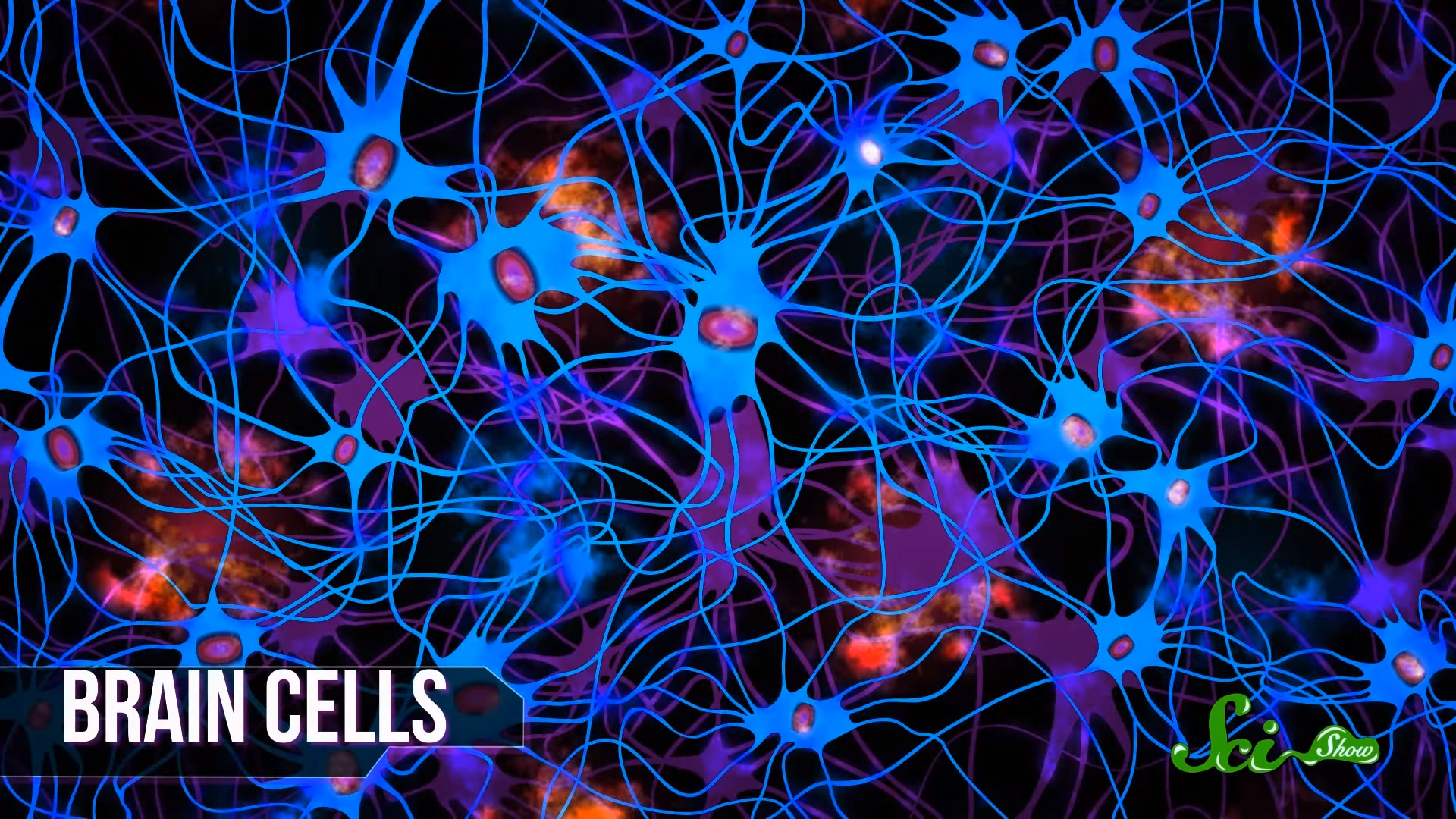Exercise, Neuroplasticity, and What it Means for Your VR Vision Therapy

Let’s start with the fundamentals.
- What is neuroplasticity?
- What does exercise have to do with neuroplasticity?
- How can neuroplasticity improve your virtual reality vision therapy outcome?
Neuroplasticity is the brain's ability to change itself on a cellular level. The idea behind it, is that the connections between neurons are plastic and capable of changing, allowing you to adapt to new circumstances. The SciShow youtube channel uses a great analogy explaining neuro plasticity, the analogy goes somewhat like this: The brain can be seen as a computer, however, whereas computers have static circuitry, the brain can grow new circuits and even rewire already existing ones. This malleability has allowed humans to adapt and survive in all sorts of environments and situations throughout time. Our brains have the capacity to reorganize their internal wiring to their optimal potential under changing circumstances.
What does exercise have to do with neuroplasticity?
Physical exercise activates neuro plasticity. The book "Spark" by John J. Ratey goes over this idea really well, it discusses the different processes and phenomena that are occurring in the brain that allow for a better function, connectivity and structure.
"Exercise unleashes a cascade of neurochemicals and growth factors that can reverse this process, physically bolstering the brain’s infrastructure. In fact, the brain responds like muscles do, growing with use, withering with inactivity. The neurons in the brain connect to one another through 'leaves' on treelike branches, and exercise causes those branches to grow and bloom with new buds, thus enhancing brain function at a fundamental level." - John J. Ratey via http://sparkinglife.org/page/why-exercise-works
In essence, moderate strain caused by exercise occurs not just in your muscles, but also within the cells inside your body and even the cells (neurons) in your brain. Physical activity triggers a cascade of events inside your brain: cell repair, cell regeneration, neuro genesis and more. These events are positively correlated with having a good mood, increasing our learning capabalities, improving our memory retention, bettering our attention spans and more. All in all, physical exercise makes it easier for our brains to grow new circuits and rewire themselves. Next time you have a very intense cognitive task try to schedule some moderate exercise right before and notice the improvement in your performance!
The relationship between neuroplasticity and your VR vision therapy.
"By showing that moderate levels of physical activity can boost the plastic potential of the adult visual cortex, our results pave the way to the development of non-invasive therapeutic strategies exploiting the intrinsic brain plasticity in adult subjects.” Claudia Lunghi from the University of Pisa in Italy. Via exerciseprofessionals.net
Exercise makes the brain more plastic. The more plastic your brain, the easier it is for you to learn new things. Vivid Vision is using virtual reality to teach your brain the skill of being able to see in 3D and gain function in the weak eye. Our system is designed to create and strenghthen neural pathways connecting the vital areas of the brain necessary for binocular function. This rewiring process benefits greatly from plasticity in the brain. One thing to keep in mind, is that depression and chronic stress reduce plasticity in the brain. Thankfully, physical exercise can help greatly in improving the lives of people with depression.
Although exercise is not a magic bullet, we consider it a very good avenue of exploration. The downsides are pretty much nil while the upsides can have a profound impact on your overall quality of life. Although there is still much to be learned about neuro plasticity, there seems to be a growing body of evidence pointing to the idea that physical exercise has a positive effect on perceptual learning tasks like vision therapy.
Tune in next time when we explore transcranial direct current stimulation with VR and its effects on neural plasticity.
Find a Provider research vision therapy neuro plasticity exercise virtual reality vision therapy vivid vision diplopia vision treatment binocular vision stereo vision virtual reality vision treatment visual therapy amblyopia strabismus lazy eye